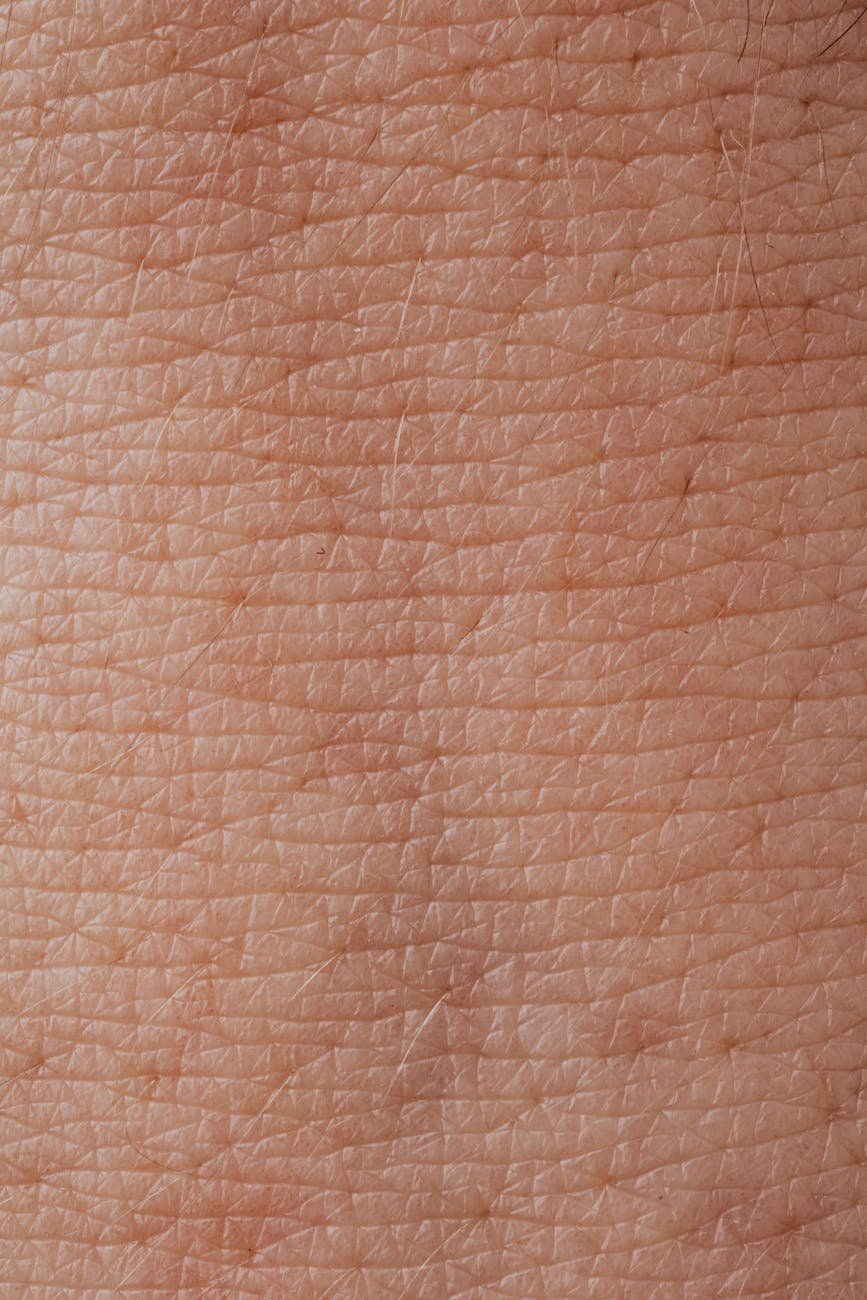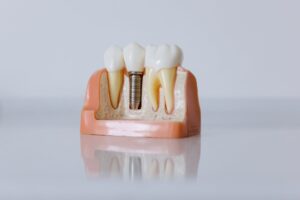Introduction
Welcome to our latest post where we delve into the world of skincare treatments. Today, we’re focusing on Microdermabrasion, a popular non-invasive procedure that promises to improve the appearance of scars. If you’ve been considering this treatment, read on to learn more about how it works, its benefits, potential side effects, and more.
Understanding Scars
Scars are a natural part of the body’s healing process, forming when the dermis (deep, thick layer of skin) is damaged. They come in various forms, including keloid, hypertrophic, and atrophic scars, each with unique characteristics and treatment considerations. Scars can have a significant impact on an individual’s self-esteem and body image, making effective treatment options highly sought after.
What is Microdermabrasion?
Microdermabrasion is a minimally invasive procedure used to renew overall skin tone and texture. It uses a special applicator with an abrasive surface to gently sand away the thick outer layer of the skin, stimulating the growth of new, more elastic skin in its place. The procedure is not painful and doesn’t require an anesthetic or recovery time.
Microdermabrasion for Scar Treatment
Microdermabrasion can be an effective treatment for scars, particularly those that are superficial. The procedure works by removing or breaking up the scar tissue, promoting the growth of new, healthy skin in its place. Over time, this can lead to scars becoming less noticeable or even disappearing entirely.
The number of treatments needed can vary depending on the severity and type of scarring, but many people see improvement after five to twelve sessions. It’s important to note that while Microdermabrasion can improve the appearance of scars, it may not completely remove them.
Benefits of Microdermabrasion
Microdermabrasion offers several benefits over other scar treatment methods. It’s non-invasive, relatively painless, and requires no recovery time, allowing you to return to your daily activities immediately after treatment. It can also improve the overall texture and tone of your skin, reduce the appearance of fine lines, and enhance your skin’s ability to absorb skincare products.
Potential Side Effects and Risks
While Microdermabrasion is generally safe, it can cause side effects such as redness, dryness, and sensitivity to the sun. These are usually temporary and resolve within a few hours to a few days. People with certain skin conditions, including rosacea, eczema, dermatitis, and active sunburns, should avoid this treatment.
Personal Experiences and Case Studies
To give you a better idea of what to expect, let’s look at some real-life experiences.
Case Study 1: Sarah’s Journey with Microdermabrasion
Sarah, a 35-year-old woman, had been living with acne scars since her teenage years. Despite trying various creams and treatments, the scars on her cheeks remained prominent. She decided to try Microdermabrasion after a friend recommended it.
After her first session, Sarah noticed an immediate improvement in the texture of her skin. Her scars hadn’t disappeared, but her skin felt smoother and looked brighter. Encouraged by these results, she continued with the treatment.
After 10 sessions, spaced two weeks apart, the difference was remarkable. The scars on her cheeks were significantly less noticeable, and her skin had a healthy, radiant glow. Sarah felt more confident and happy with her appearance. She continues to have maintenance sessions every few months to keep her skin in top condition.
Personal Story 2: John’s Experience with Microdermabrasion
John, a 40-year-old man, had a large hypertrophic scar on his arm from a car accident. He felt self-conscious about it, especially in the summer when wearing short sleeves. He decided to try Microdermabrasion in hopes of reducing the scar’s appearance.
John found the procedure painless, describing it as a mild scratching sensation. After the first session, he didn’t notice much difference, but his dermatologist assured him that results often take multiple sessions.
After six sessions, John noticed that the scar was less raised and the skin’s texture had improved. Although the scar was still there, it was less noticeable, and John felt more comfortable wearing short sleeves. He was pleased with the results and felt that the treatment was worth the time and investment.
Case Study 3: Emily’s Microdermabrasion Treatment
Emily, a 28-year-old woman, had been dealing with sun damage and fine lines. She had heard about Microdermabrasion’s benefits for overall skin texture and decided to give it a try.
Emily was pleasantly surprised by the procedure. It was quick, painless, and she was able to return to her normal activities immediately afterward. After the first session, her skin felt smoother and looked more radiant.
Over the next few months, Emily had regular sessions. She noticed her fine lines were less visible, and her skin tone was more even. She also found that her skincare products seemed to be more effective, likely because the treatment had removed the dead skin cells that were blocking absorption.
These stories illustrate the potential benefits of Microdermabrasion. However, it’s important to remember that everyone’s skin is different, and results can vary. Always consult with a professional to discuss the best treatment options for your specific needs and skin type.
Cost and Accessibility
The cost of Microdermabrasion can vary depending on your location and the specific clinic, but it typically ranges from $100 to $250 per session. Many dermatology clinics and medical spas offer this treatment, but it’s important to choose a provider with experience and proper certification to ensure your safety.
Conclusion
Microdermabrasion can be a game-changer for those struggling with scars, offering a non-invasive, relatively affordable way to improve skin texture and appearance. However, it’s important to have realistic expectations and to consult with a skincare professional to determine if this treatment is right for you.
FAQs
- Is Microdermabrasion painful?
No, the procedure is not painful. You may feel a mild scratching sensation, similar to a facial scrub. - How long does a Microdermabrasion session take?
A typical session lasts about 30 to 60 minutes. - How often should I get Microdermabrasion?
This depends on your skin type and condition. Your skincare professional can provide a personalized treatment plan.
Remember, this is a general guide and individual experiences can vary. Always consult with a professional before starting any new skincare treatment.



